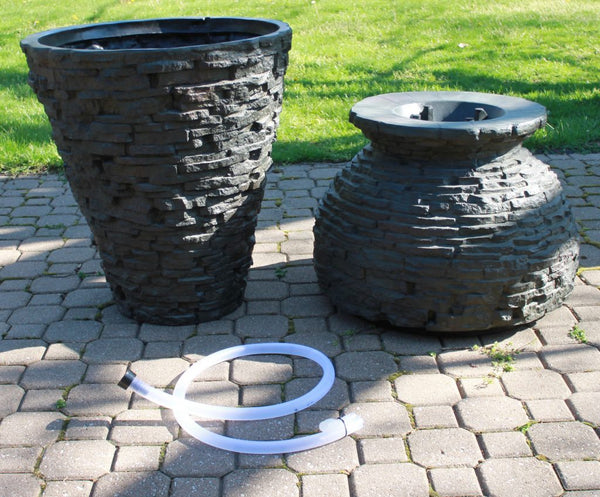Fish living in cold-climate ponds have the added stress of dealing with a long winter of fasting, thus naturally weakening their immune systems. This, in turn, makes them more vulnerable to illnesses. It’s during those pond temperature ranges between 42°F – 62°F that are known as “Aeromonas Alley.”
To understand it better, let’s look at it a little deeper. After a long winter and as spring temperatures start to increase to around 55°F, our fish are slowly adapting to their environment and rebuilding their immunity. At the same time and at an even lower temperature just above 40°F, the Aeromonas bacteria become active and continue to increase exponentially with every degree of temperature. They already have a head start on our beloved fish’s immune system. Throw in the fact that the biological filter is only operating at 50% effectiveness at 60°F definitely puts the odds against the fish.
These Aeromonas bacteria are behind the name “Aeromonas Alley” and while most ponds show presence of this bacterium, as well as many others, a healthy pond has the proper balance needed to keep these guys in check.
While this condition can happen in the spring or the fall when the temperatures dip within the particular range, it is more common in the spring. Many experts believe it is more prevalent in the spring because the bacteria take advantage of the fish’s’ weakened immune systems vs. the fall when the fish are at their healthiest and strongest of the season.
Symptoms

Symptoms that your fish may suffer from the Aeromonas bacteria include: ulcers, fin and mouth rot
Prevention
• Regular Water Testing for Ammonia and Carbonate Hardness (KH)- Most pond owners will ignore this activity in the winter but fish still release ammonia through their gills. In addition, the biological filter will be inactive so the ammonia will not be converted to nitrites at this point. If ammonia levels are elevated, partial water changes can help to control the situation.
• Carbonate Hardness testing is important because CO2 is still being produced, which is neutralized by the carbonates in the water. If the carbonates become exhausted, the CO2, which forms carbonic acid, will cause a pH crash. Some have found controlling the pH raise using baking soda. A more long term solution using oyster shells or crushed coral placed near flowing water has been successful for many.
• pH testing can be used as a backup. If there is a downward trend in pH, this is indication of insufficient carbonate.
• Keep filters clean to minimize the buildup of pathogenic bacteria.
• Minimize feeding of your fish in this temperature range.

